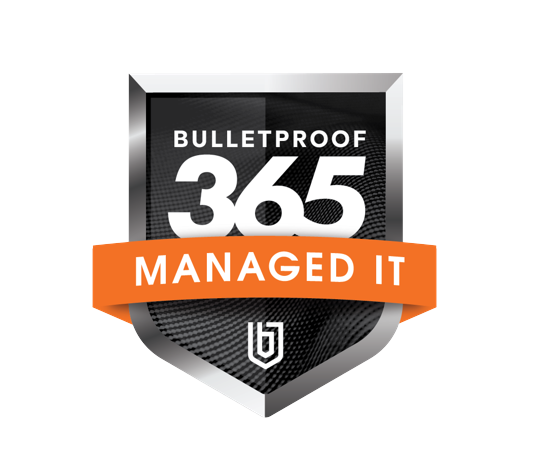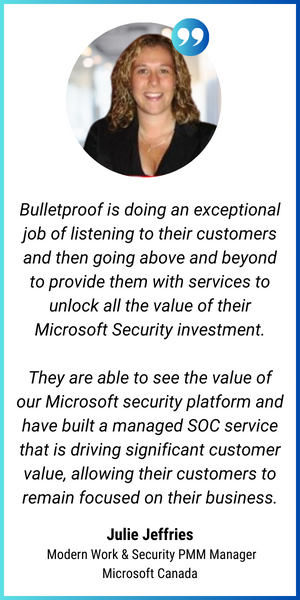If you're a small business leader or executive, you may be familiar with how challenging recruiting and retaining IT team members can be. More often than not, IT positions are expensive and difficult to fill.
However, starting in early 2021, the hiring dilemma for IT became even more difficult as a new term began to sweep the internet, “The Great Resignation.” Coined by Professor Anthony Klotz of Texas A&M University, the term represents an economic trend in which employees are voluntarily resigning from their jobs at a significantly higher rate than normal.
The Great Resignation has amplified the skills gap in the IT labour market meaning there are now more open IT positions than professionals to fill them.
“With the pandemic providing the spark for companies to increase their tech workforce, 80% of businesses are currently in need of IT workers, and 70% of all businesses are having a difficult time finding candidates with the right skillsets.”
Tech Salary Guide 2022
The average cost of an IT resource is skyrocketing, and the turnover rate is at an all-time high.
Information Specialist is one of the jobs with the fastest-growing demand, according to LinkedIn, and tech positions were among the top 10 roles across every country LinkedIn looked at in their recent analysis of The Fastest Growing Jobs Around the World.

“Because of trends that accelerated during the pandemic — workers going remote, companies turning to e-commerce to survive, and organizations needing to be more digitally agile — [tech] engineering is the fastest-growing field in the world.”
Even if you can recruit IT talent, we’re approaching an inflection point where the cost of IT resources is so expensive that insourcing is beginning to make less and less sense. In 2021, salaries have risen in the Information and Communication Technology job sector; with cybersecurity roles leading the pack.
And now, we’ve reached a tipping point. We’ve hit a time where the cost and difficulty of recruiting IT resources, combined with the inevitable gaps in security posture created by a forced adjustment to hybrid work, leaves organizations vulnerable (not to mention, cyberattacks are at an all-time high).
IT Requirements for Small Businesses Have Changed
Today's SMB IT environment is challenging. Now that so many more employees work remotely, file and data management, access management, and digital collaboration have become crucial functions—and they all need to be cloud- and mobile-compatible.
If your IT resources felt pressure before, COVID-19 introduced a force multiplier effect as they had to deploy cloud-based collaboration services and allow employees outside the office to access corporate data. This quick adjustment to support a work-from-home environment had IT teams stretched to their limits; and realizing that their tech stack may not be operating as smoothly as they thought.
Get the Winning IT Strategy Your Small Business Needs This Year
Beyond the switch to hybrid work, the rise of cybercrime, and scarcity of IT resources, small businesses are also dealing with a tremendous amount of uncertainty. Inflation is high and a post-COVID recession looms, putting SMBs under pressure to make smart decisions about how they tackle modern IT challenges. SMBs need to move away from a reactive IT strategy towards a proactive strategy. Tackle the modern IT challenges facing small businesses with our guide designed specifically for SMBs.

BULLETPROOF 365: ESSENTIAL INFORMATION TECHNOLOGY SUPPORT FOR YOUR SMALL BUSINESS.
Bulletproof 365 leverages the best-in-breed Microsoft 365 productivity tools that power modern workplaces for small businesses. You'll 24/7 IT support from the best specialists in the business, seamless integration, employee empowerment and education, all layered with enterprise-level security protection. Taking the headache out of your IT.
Why Bulletproof?
BULLETPROOF CREDENTIALS
- Microsoft 2021 Global Security Partner of the Year Winner
- 5X Microsoft Canada IMPACT Award Winner.
- Over two decades of experience in the security and compliance business.
- Microsoft Solutions Partner for Modern Work + Security, specializing in Threat Protection and Cloud Security, and Digital & App Innovation Azure
- Two State-of-the-art 24/7 Security Operations Centres (SOC).
- Trusted by users on six continents to protect their data, devices, and people.
- Holder of Microsoft’s Advanced Specialization in Threat Protection.
- Bulletproof 365 Enterprise (B365E) is a Microsoft Verified Managed XDR Solution.
- Member of the Microsoft Intelligent Security Association.


Get Bulletproof Expertise
We're here to help solve your complex IT and security problems.
Get in touch by completing this form and we'll connect you with a Bulletproof expert.



